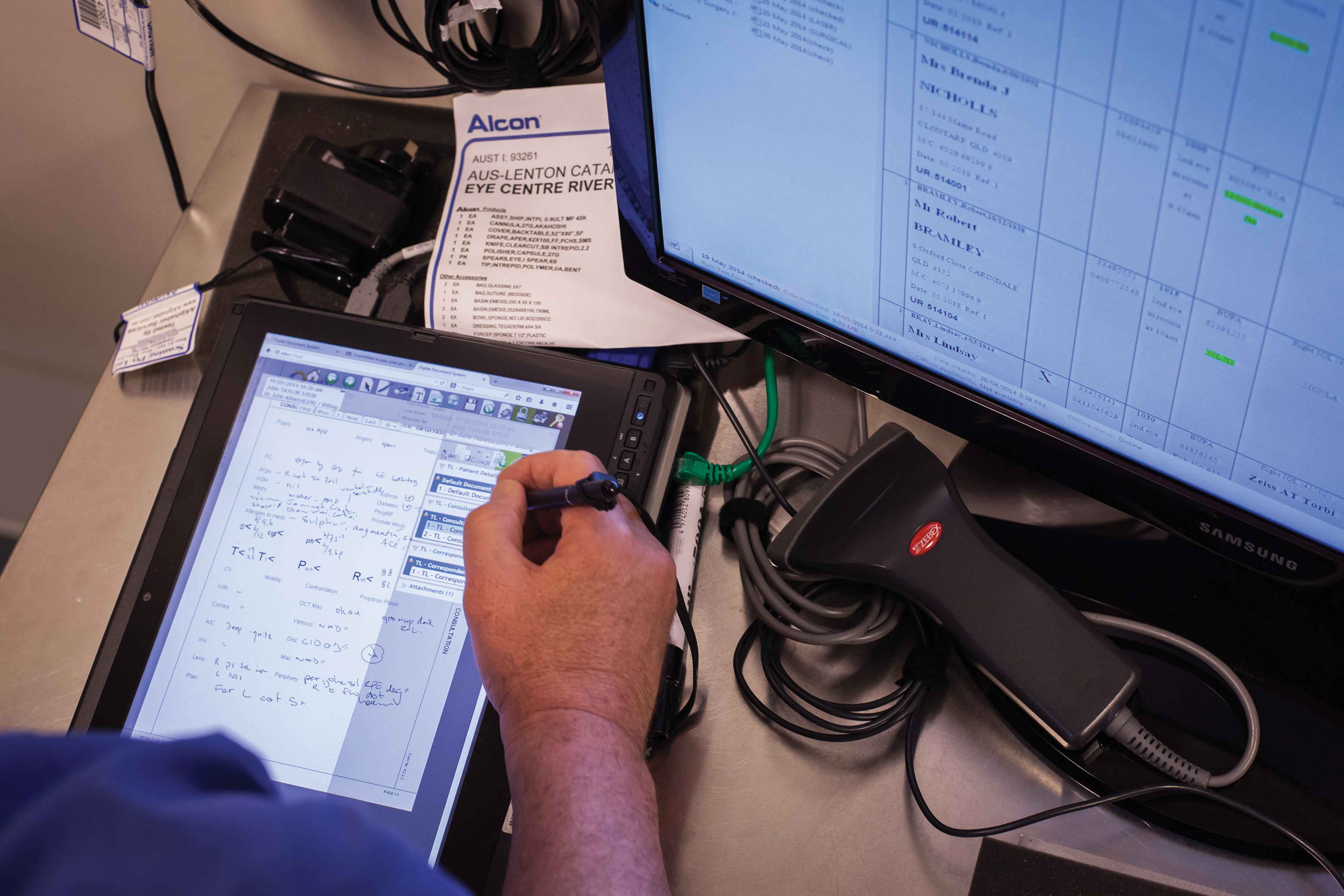Here is why AS2828 is relevant for digital patient records
 If you are considering a digital patient records system, it may well be worth looking to see that the system is AS2828 compliant.
If you are considering a digital patient records system, it may well be worth looking to see that the system is AS2828 compliant.
Why, you ask? After all AS2828 is about paper medical records right?
Well...not exactly.
But, you say, our systems are totally electronic, we don’t use any paper print outs here.
That may well be so, but what if your patient needs to visit another specialist after your treatment? What if that specialist prefers paper medical records.
AS2828 for digital medical records
In the diagnosis / treatment of a patient, the patient’s pathway may include visits to a number of different health care providers. For example; Doctor > Blood Test > X-ray > MRI > Specialist > Day Procedure centre or Hospital > Rehab > Specialist > Doctor.
The diagram below illustrates a typical patient pathway. If you consider that each treatment event may occur at different specialist rooms, consultancies, day surgeries or hospitals in different physical locations, and that each location has its own medical records system, disparate from the others, you start to get a picture of why some form of standardisation may be desirable.

Not all these facilities will run a computerised patient record. In fact the report ‘The eHealth readiness of Australia’s medical specialists report' from the Department of Health and Ageing published in May 2001 noted:
‘Although computerised health records are gaining traction, relatively few specialists use an electronic record-keeping system as a single repository for all relevant patient information. Only 41 percent of survey respondents used a computerised health record-keeping system, and of these just 37 percent relied solely on computerised records. Most of the specialists using computerised systems use them for administrative purposes and storing patient notes but, for data security and legal reasons, maintain separate hard-copy storage of communication to and from other providers (e.g. test results, diagnostic imaging and referral letters)’
Therefore, a patient's visit to a facility with a computerised system will have their existing or new written record converted to digital by way of manual data entry. However, when the patient leaves that facility, there will be a need to print the record so that it may be accessed by a speciality or another facility that does not have a logically connected computerised system or indeed any computerised system at all.
When medical records are printed from computerised clinical information systems, they are printed in the proprietary format designed by the developer of the software.
There is no requirement as such that the document when printed should comply with national patient identification requirements or ISO document control requirements.
For example, there are no requirements that the printed form of the computerised record should contain:
- Barcode form identifier
- Binding margin – designed to provide unrestricted view of the document when it is bound.
- Document version number, form number and page number – Quality management document control.
- Form name (in 2 locations) – displayed so it can be viewed from a portrait and landscape view
- Health Organisation identification
- Color strip – for ease of document recognition and addition
- Patient identification - a minimum set of demographics required to identify a patient
And this why AS2828 exists. The standard provides a method to ensure consistency of printed output in order to minimise the following risks:
- Patients and procedures may not be correctly identified
- Incorrect document versions may be presented omitting important added information
- Documents may be misplaced
 Conclusion
Conclusion
AS2828 provides a mechanism to standardise the format of the printed output of medical records systems. It does so by defining a minimum set of requirements for patient identification, document version control, and document colour coding.
In doing so it seeks to ensure patient safety by minimising the risk of incorrectly identifying patients and their treatment.
So this is why AS2828 is very relevant to Digital Medical Records systems, in fact some may argue, it’s essential.
The standard is available from SAI Global



